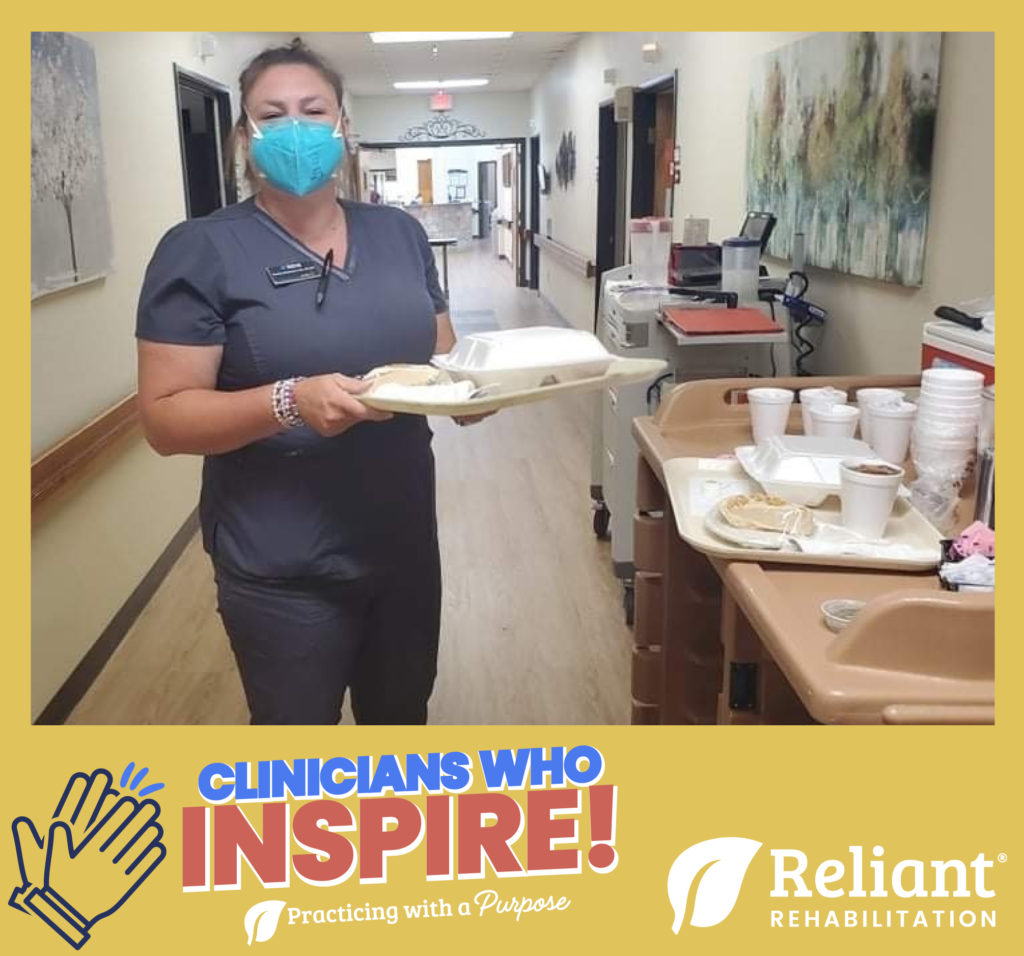As the Delta variant of COVID surges through the country, long-term care facilities are forced to revisit the effects of closure, social distancing, and isolation on residents. This variant has caused healthcare professionals to reframe thinking from potentially leaving a pandemic behind, to best practice strategies to mitigate an ongoing response pattern. Facility staff should revisit the impact moving in and out of isolation has on residents. Consequently, a refresher on fall prevention strategies is appropriate.
Isolation has detrimental effects including reduced mobility, decreased cognition, increased depression, weight loss, and increased risk for falls. While the list of obstacles at times seems insurmountable, keen interdisciplinary teams can be a shining light to our residents by constantly adapting, advocating, evolving, and simply showing up. Though increased isolation may lead to residents spending more time alone, unsupervised in their rooms, putting them at an increased risk for falls, there are ways to reduce this risk through a proactive, interdisciplinary team approach.
Consider implementation of these simple tips to help mitigate the risk of falls:
- Keep frequently used items within reach, especially the call button.
- Educate new staff on residents’ preferences and nighttime routines: lights on/off, TV on/off, toileting schedule, bed positioning, etc.
- Make time to reassure residents who are feeling isolated and lonely. Even 2-3 minutes of non-task-oriented company is beneficial. Set up virtual visits with family and friends. Decreased anxiety and agitation lead to calmer residents, and hopefully, fewer falls.
- Place any mobility devices in the best position for self-transfer; remove if unable to self-transfer to avoid fall risks.
- Take extra care to reduce clutter and ensure clear pathways in the residents’ rooms. Remove any throw rugs or items that may be blocking pathways.
- Ensure exercise programs, including therapy, stretching, and balance activities are available to all residents as appropriate. Improved strength and balance can assist with fall prevention and help lessen injuries should a fall occur.
- Identify residents’ interests and collaborate with the interdisciplinary team to facilitate creative ways for them to participate in preferred leisure activities.
- Refer to physical therapy for balance strategies, assistive device assessment and training, strengthening, transfer training, gait assessment and training, bed mobility training, education on fall prevention, and floor transfers.
- Refer to occupational therapy for strength training, balance training, transfers and bed mobility training, facilitation of self-care independence, adaptive equipment training, education on safety awareness, room modifications, and/or cognitive training.
- Refer to speech therapy for expressive and receptive communication skills training and strategies, memory, attention to task, sequencing, and safety awareness training techniques.
Educate staff to watch for signs and/or changes which may reflect an increased risk for falls and proactively adapt environments at every level. With a team approach of collaboration and communication, facilities are well equipped to not only reduce the risk of falls for this vulnerable population, but also to ensure that No Patient is Left Behind.


